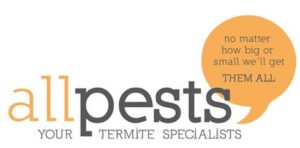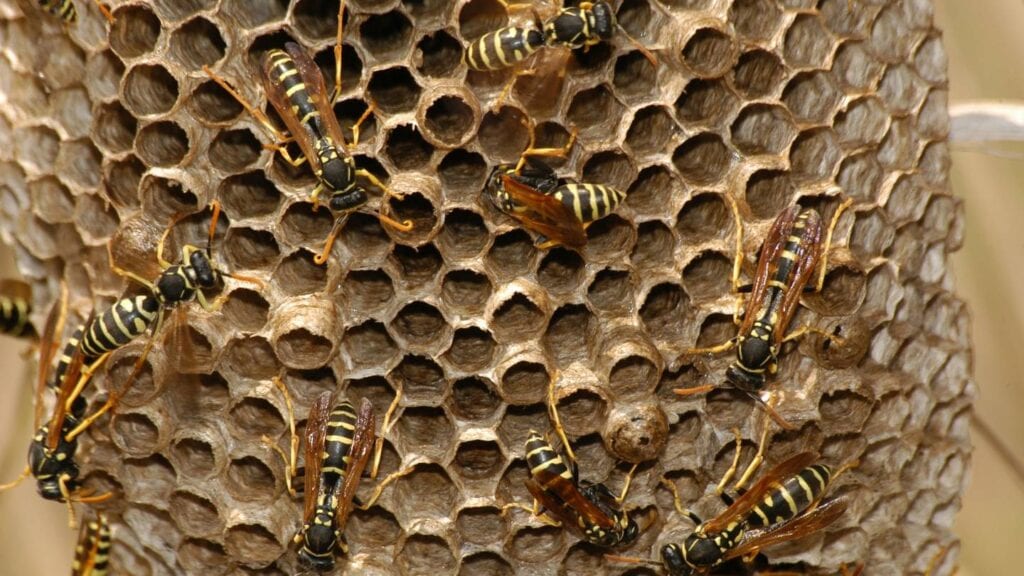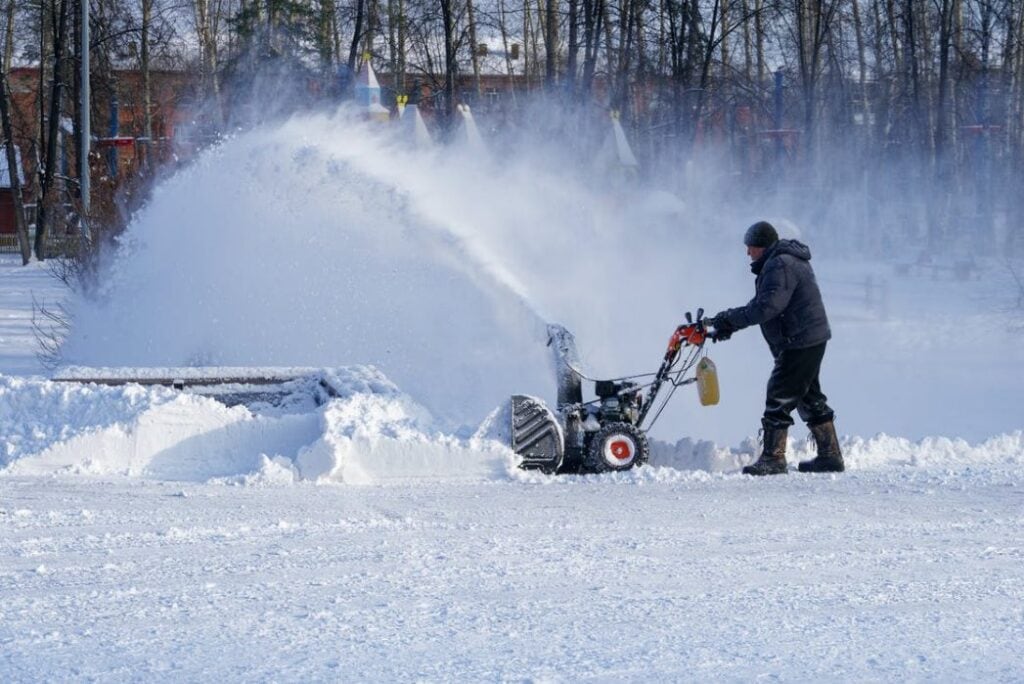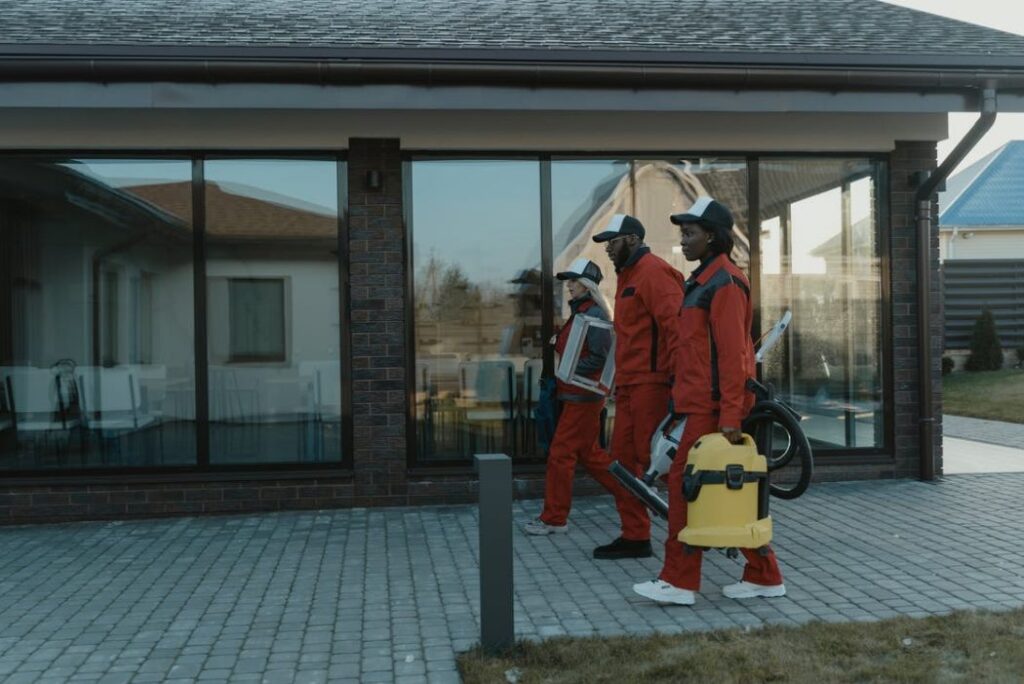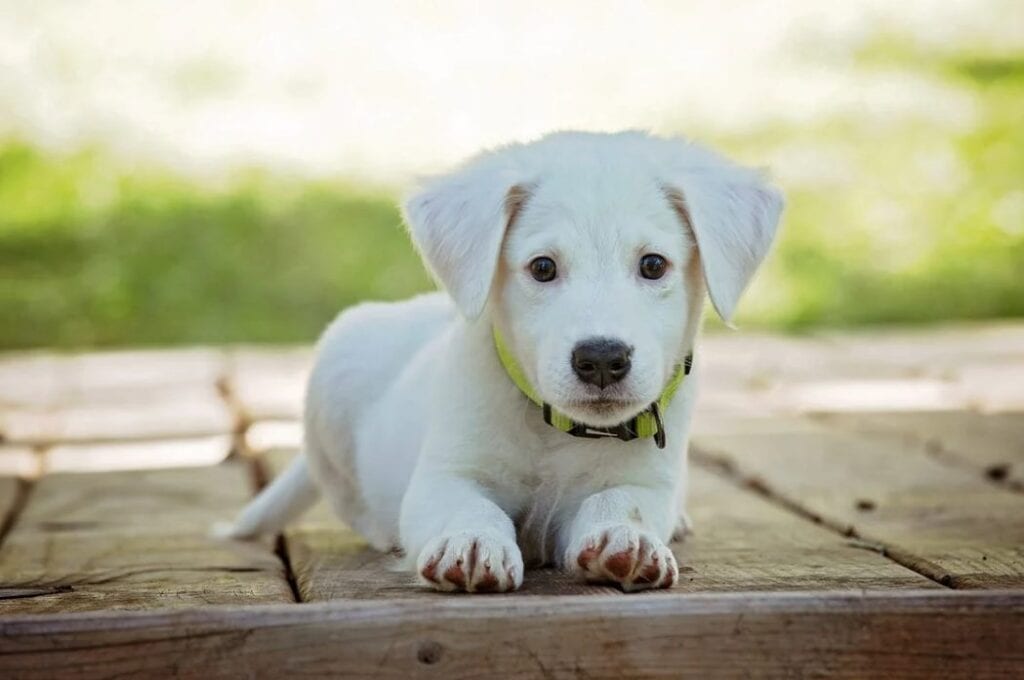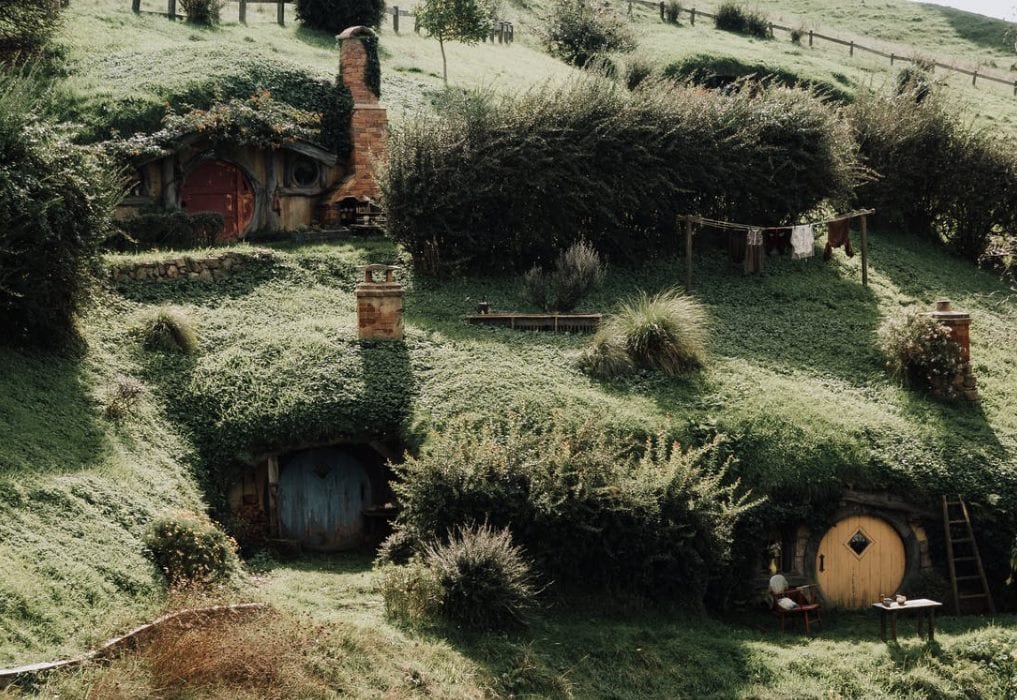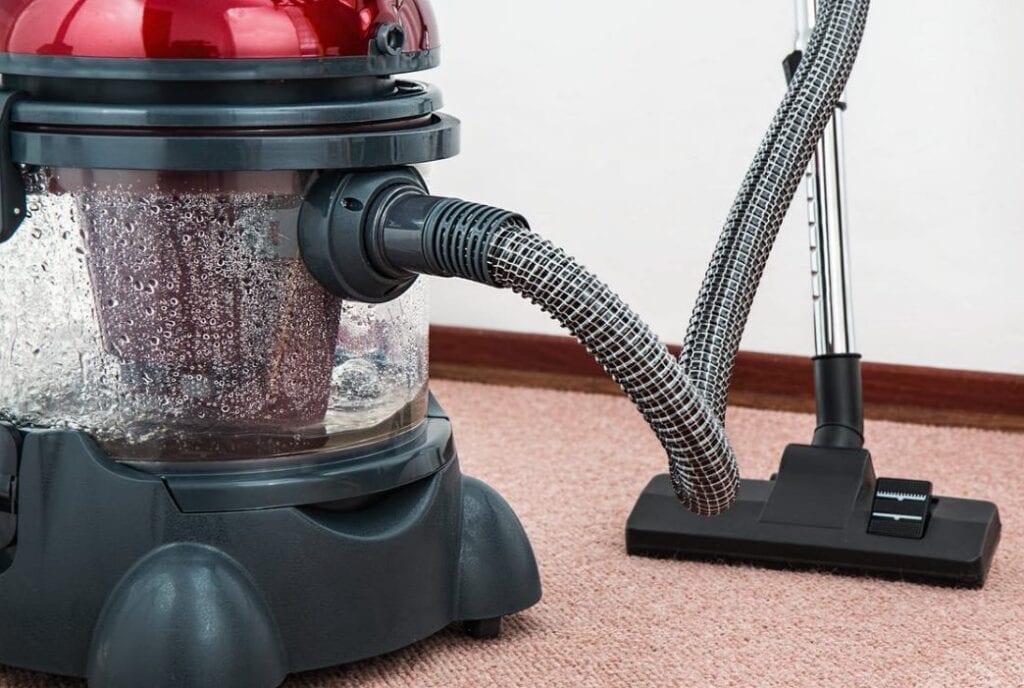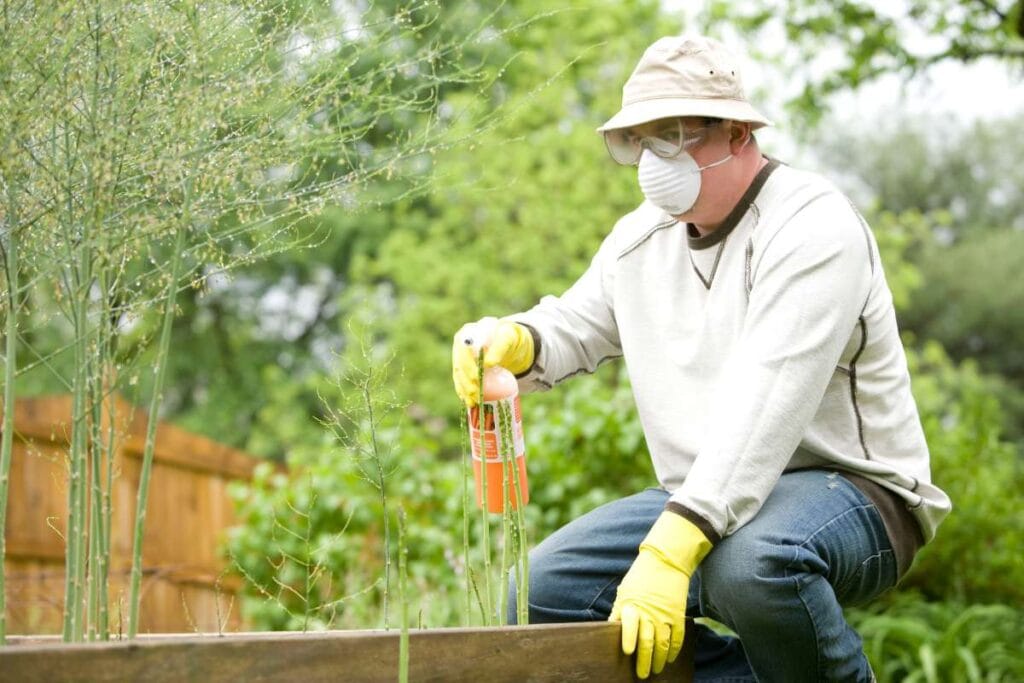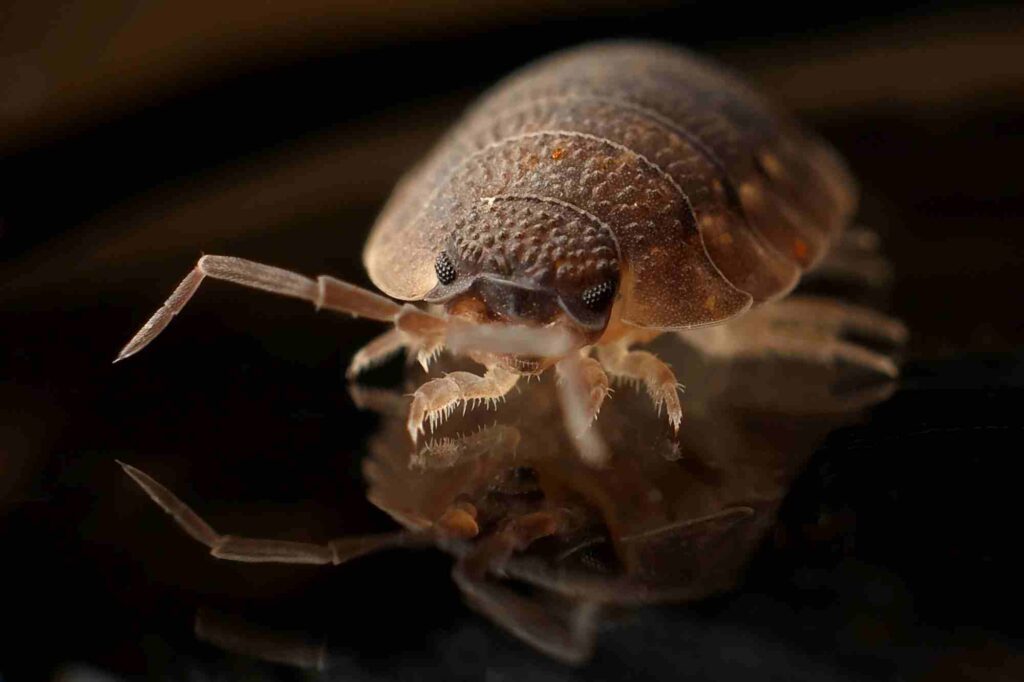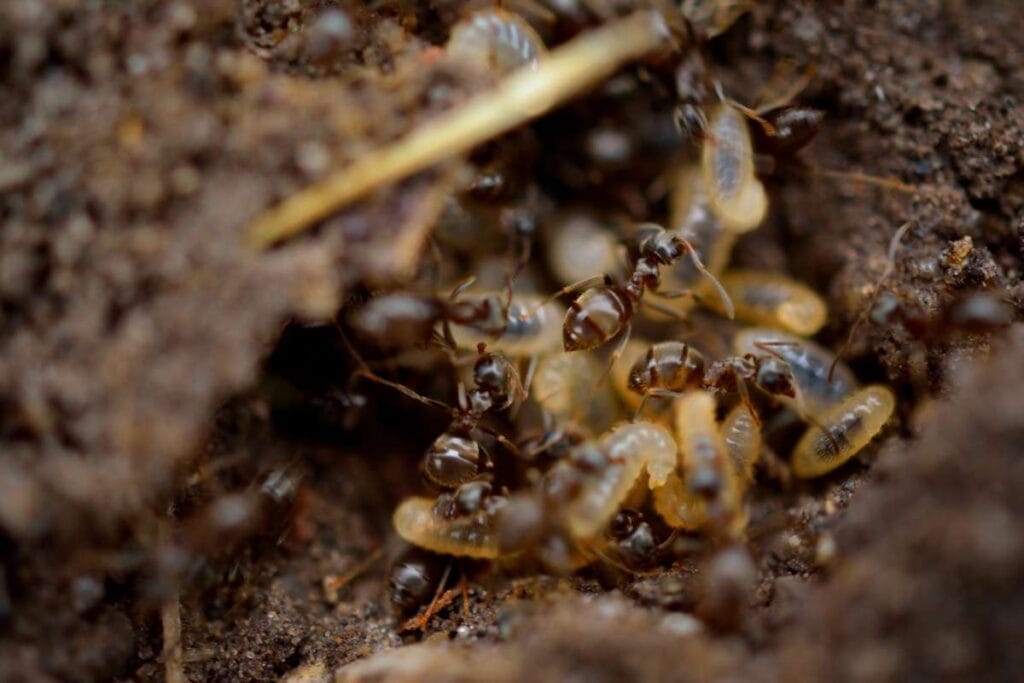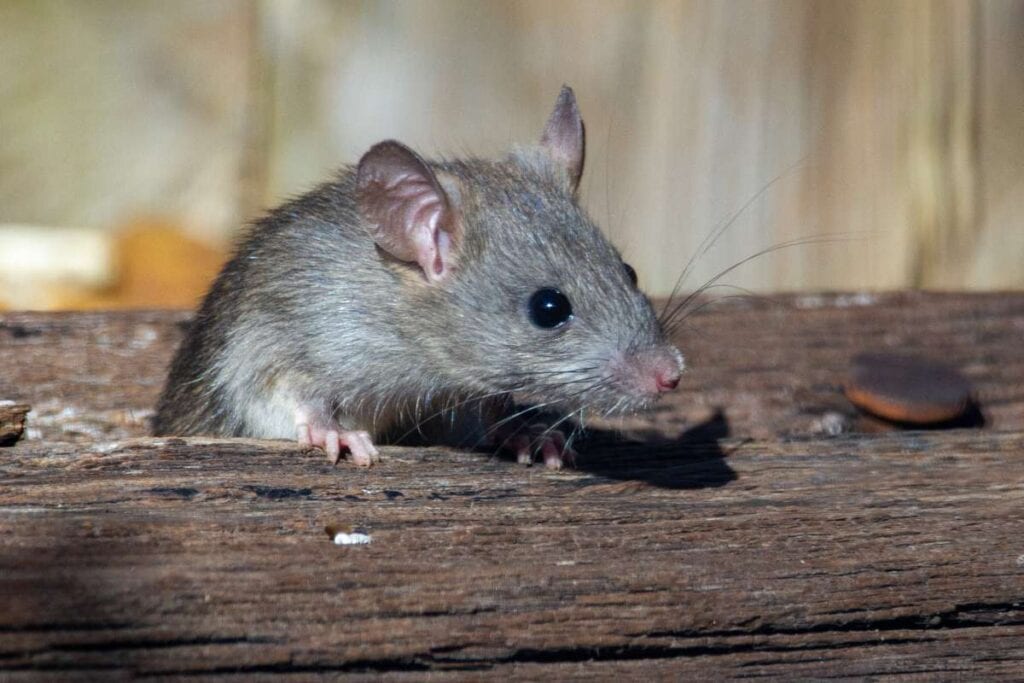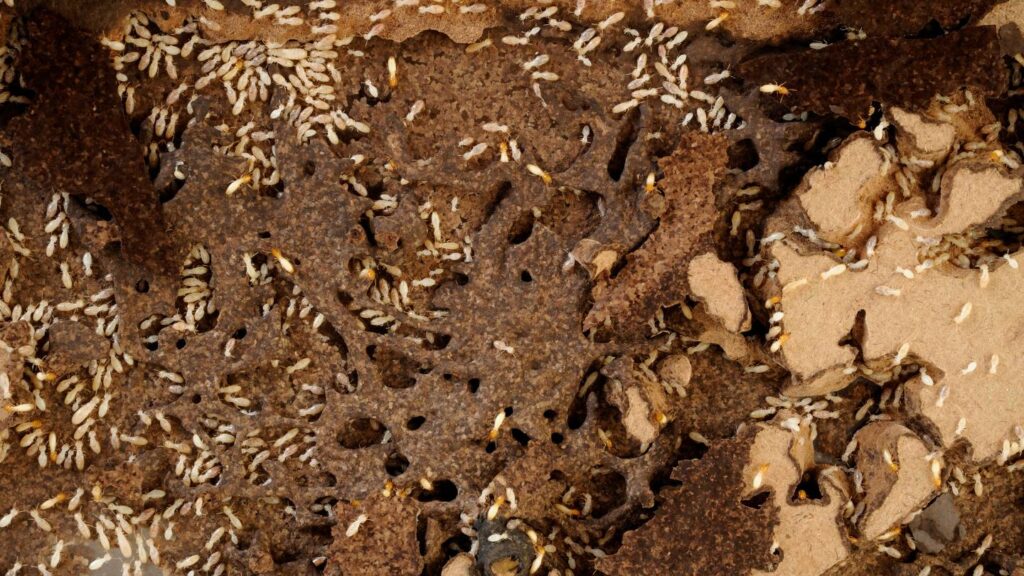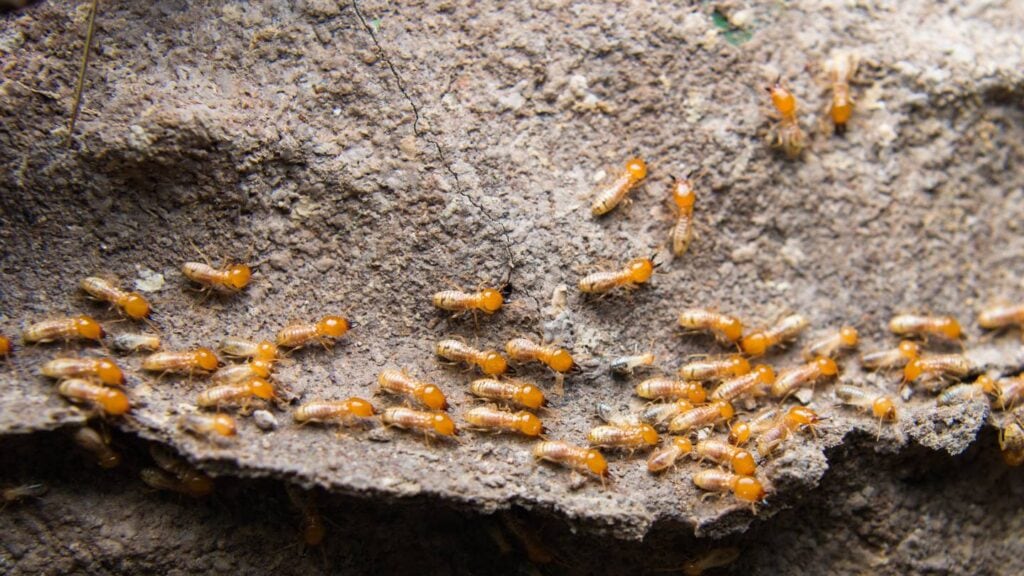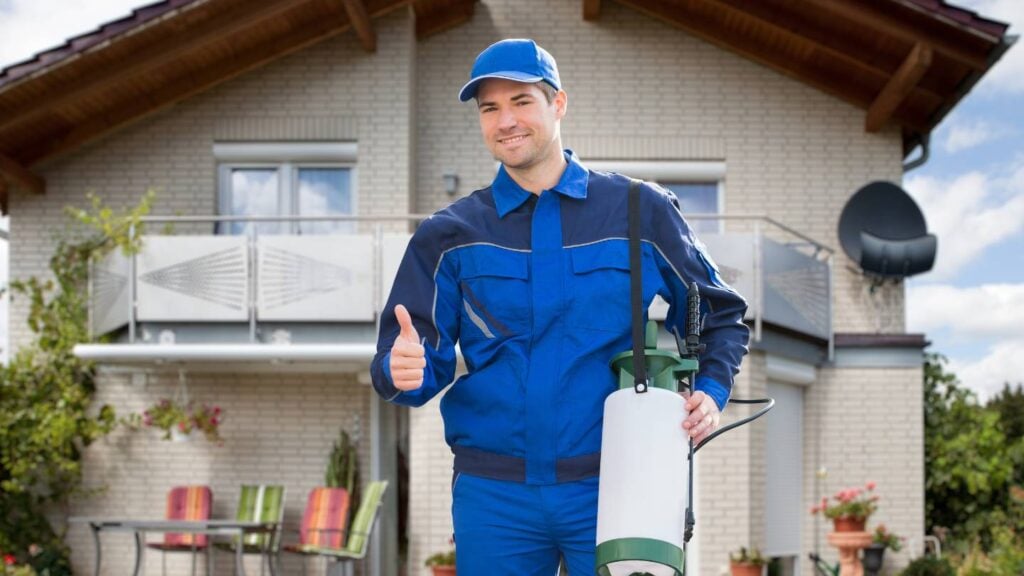Has the unexpected arrival of a wasp at your picnic or garden ever frightened you? You have company. Wasps are known to swoop down on unsuspecting victims in an aggressive manner. But which wasp species provide the greatest trouble with pest management? This article will explore wasps and identify the most common pests that necessitate extermination.
When getting rid of pests, some kinds of wasps can turn peaceful outdoor activities crazy. Some of the most common pests are the European Paper Wasp, the Yellowjacket, and the Bald-faced Hornet. These biting insects can be annoying because they hurt and bother people and are very dangerous for people with allergies. Come with us as we talk about these annoying wasps and the methods professionals use to keep their numbers under control.
However, this is merely scratching the surface of wasps' fascinating world. Next, we'll look at each species, describing their unique traits, how they lay their eggs, and why pest control is necessary. This blog post will give you helpful insights and professional advice to efficiently deal with these common wasp species, whether you're a worried homeowner, an interested entomologist, or just someone sick of wasp interactions. Let's delve into the fascinating wasp world and find out why wasp control is often necessary.
Some Common Wasps Need Pest Control
Australia is home to a relatively limited number of wasp and bee species compared to the hundreds of species found worldwide. The wasp species on your property can be better identified if you know their behaviours and lifecycle. This is a list of the most frequent species of wasp found in Australia:
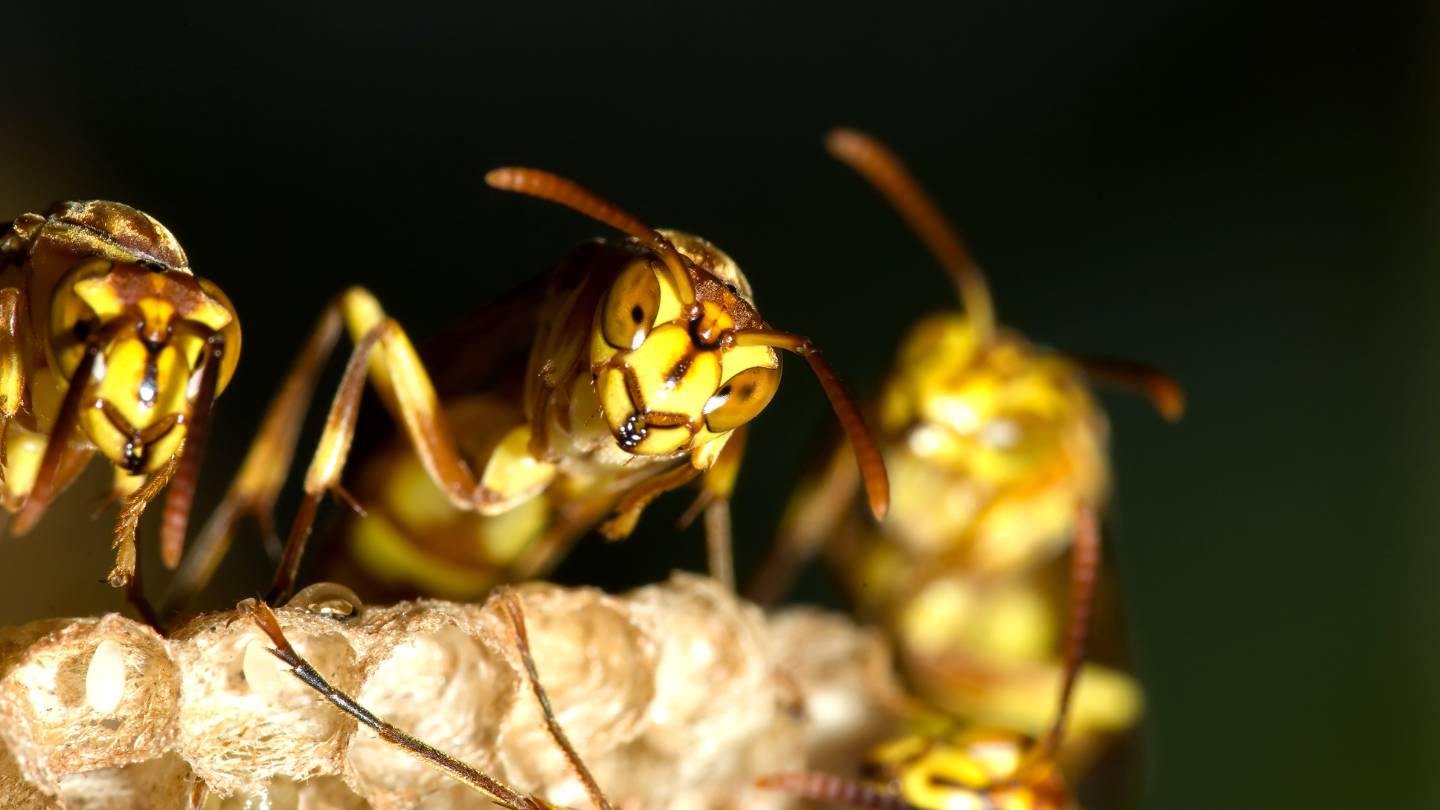
Western And English Wasp
These two types of wasps are common in New South Wales, Victoria, and Tasmania. Their bites are known to be very painful. They build their nests in safe places. Their bodies are yellow and black, but their patterns can differ for each species.
They can get up to 17 mm long. Bugs and sweets are what they eat. Their group of wasps can grow to be as big as 25,000. The wasp queen only lives through the winter. All of the birds in the nest, both males and females, die during the winter.
The Social Wasp, Or Yellowjacket
While queen wasps are slightly longer, worker wasps are only about 15 mm long. Two sets of wings and a body pattern of alternating black and yellow stripes characterise this bird. Although they mostly consume insects, they can ingest foods that people eat. If agitated, yellowjackets can sting repeatedly. They make their nests in unconventional places, including trees, bushes, attics, walls, floors, and sheds.
Hornets With Bald Faces (Dolichovespula Maculata)
Bald-faced hornets are North American wasps. Their formal name is Dolichovespula maculata. People often mistake them for real hornets, but they are a type of yellowjacket wasp.
Dirt Daubers, Family Sphecidae
Mud daubers, a member of the Sphecidae family, are solitary wasps. They are less aggressive than social wasps like yellowjackets and hornets and are famous for their unusual nesting behaviours.
Killers Of Cicadas (Sphecius Speciosus)
Giant cicada killer wasps, or cicadas killers (Sphecius speciosus), are big, lone wasps distinguished by their unique appearance and hunting habits.
DIY and Prevention for Wasp Control
While it's best to call in the pros for really bad infestations, there are a few things homeowners can do on their own and in the long run to keep wasps at bay:
- Seal Entry Points: To stop wasps from entering and creating nests, seal off any exterior cracks, gaps, and openings.
- Take Away Food Sources: If you're dining al fresco, cover your food and beverages with sugar to keep wasps away. Promptly wipe up any spillage.
- Retain Trash Cans: Wasps will not scavenge for food if trash cans are kept clean and with tight lids.
- Set Up Wasp Traps: Get rid of wasps in your area with commercial wasp traps or traps you make yourself from a bottle filled with sweet liquid.
- Vegetation that Deters Wasps: Planting certain plants around your home, such as marigolds, mint, and basil, is thought to keep wasps away.
- Expert Examining: Preventative measures against wasp nests can be taken by having a pest control expert inspect your property regularly.
Does Every Wasp In Australia Sting?
Australia is home to a myriad of wasp species, some native and others introduced. While certain species exhibit aggressive behaviours and possess the ability to sting repeatedly, others are less hostile. The risk of being stung escalates if a wasp perceives an individual as a threat, prompting the release of pheromones to alert nearby wasps.
For those with allergies, it's crucial to seek medical attention immediately after a sting. Among the non-native species, the European wasp stands out for its particularly painful sting for allergic individuals.
The European Wasp: A Non-Native Aggressor
The European wasp, an invasive species in Australia, is known for its aggressiveness and tendency to sting. These wasps are easily identifiable by their bright yellow bodies, which measure between 12 to 16 mm, adorned with black bands and spots on the abdomen. Their distinctive appearance includes one pair of clear wings atop a smaller set, black wings, and a habit of flying with legs tucked in.
Characteristics of Common Wasps
Common wasps, similar in appearance to their European counterparts, are also an invasive species in Australia. They share the same size range of 12–16 mm and are known for their aggressive nature, especially when their colony is disturbed. Their yellow and black banded abdomens with two black spots on each yellow band make them easily recognisable.
The Asian Paper Wasp: A Recent Arrival
A relatively new addition to Australia's wasp population is the Asian paper wasp. These wasps are larger, ranging from 13 to 25 mm, and are characterised by a slender body, narrow waist, small head, medium-sized eyes, and antennae.
They are fiercely protective of their colony and will collectively attack and sting when threatened. Their appearance is marked by dark brown wings and abdomen with yellow rings, complemented by long, bright yellow legs.
The European Paper Wasp
The European paper wasp is another species present in Australia. They are identifiable by their small heads, slender waists, yellow antennae, amber or reddish-brown wings, and black abdomens with yellow stripes. These wasps, which range from 15 to 25 mm in length, are also known to defend their nests aggressively through stinging.
Australia's Native Paper Wasps
Australia hosts approximately 35 species of native paper wasps. These species vary in size from 10 to 22 millimetres and are typically less aggressive, stinging only when provoked. Their distinctive features include a slim build, thin waist, two sets of brown wings, and a belly band that varies in colour from orange to yellow, but predominantly black.
Sand Wasps: Misunderstood Inhabitants
Sand wasps, often mistaken for being aggressive due to their hovering behaviour near humans, are actually less violent compared to European wasps. Generally measuring around 20 mm, they exhibit a banded pattern of black and yellow or white and black, with some displaying pale greenish patterns. Their interest in hovering is primarily to capture flies, not to attack humans.
Mud-Nesting Wasps: Common Yet Gentle
Mud-nesting wasps, ranging from 5 to 30 mm in length, are among the most common in Australia. They display a colour range of orange and black or yellow and black. Known by various names such as Potter, Mud-dauber, Dirt-dauber, Spider, Vase, and Organ pipe wasps, they are capable of stinging but are not inherently aggressive.
Things to Think About Before Trying to Remove a Nest
Killing the wasps or setting fire to their nest might be your initial reaction. Be mindful that wasps play an equally crucial role in our environment as bees. Equally important to the ecosystem is their function as natural pollinators. Instead of destroying the wasp nest, consider removing it. A few safety measures should be observed regardless of the choice you make:
Put On Protective Gear.
Clothes that are too tight or bulky will not allow much room for movement and will prevent their tiny stingers from getting to you. Remember to bring along some sturdy gloves.
Choose Nighttime For Nest Removal
Wasps are easier to relocate at night because that's when they're more likely to be nesting. An empty nest will just lay eggs throughout the day, so there's no use in trying to move it then.
Removal
Use a big, lidded plastic container. After carefully tapping the nest of its clinging surface, slide the container over it. To prevent a solitary wasp from escaping, keep it as close to the other surface as possible. After the nest has been placed into the container, cover it.
Relocation
Before you remove the nest, make sure you have a strategy for moving. If you move them too near to where they used to live, they may decide to come back. But it would help if you didn't move them wherever they could hurt someone. Choose a park or wilderness location where animals and humans are less likely to congregate. Remove the cover, place the container on the ground, and leave.
That should be possible if you can remove the nest from its container without arousing the wasps. On the other hand, you can leave the container there. It might be safer compared to the possibility of being stung by multiple wasps simultaneously.
Ask The Professionals
A Dawson's pest controller should be contacted in a few specific cases. Avoid putting yourself in harm's way if you're allergic to bees or if the nest is very large. When safely removing the next from your property, our specialists have you covered with their experience, tools, and safety gear.
Why Pest Control Is Important?
Getting rid of pests is important to keeping our homes and neighbourhoods safe and healthy. Wasp infestations are a common pest that can be dangerous if not treated. This piece will talk about the dangers of wasp infestations that aren't treated, how pest control can protect homes and people's safety, and use statistics and real-life examples to show the effects of pest control.
Untreated Wasp Infestations Risks
Physical Injury
Wasp stings can be excruciating and even fatal in certain situations, particularly for those who are allergic. Untreated wasp nests greatly increase the likelihood of interactions and stings, endangering locals and visitors.
Damage to Property
When constructing their nests in or near houses, wasps can cause long-term damage to buildings. Their nests can weaken walls, roofs, and eaves, which can result in expensive repairs and a decrease in property value.
Effects on Agriculture
In rural places, wasp nests can damage crops and farming. Some of these pests may eat pollinators, mess up food chains, and hurt the environment, costing farms and communities money.
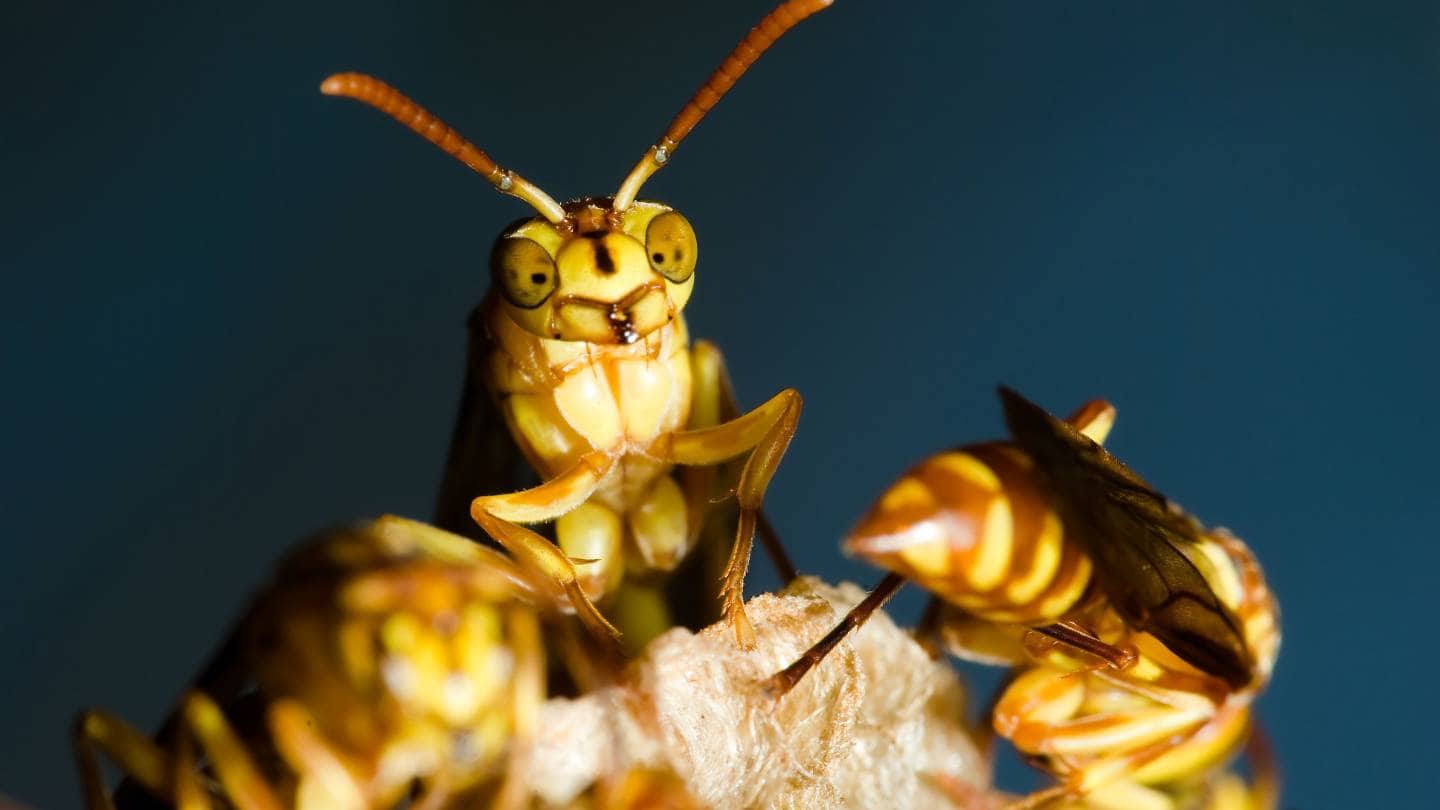
Why Pest Control Is Necessary?
- Health and Safety: Pest control services help keep diseases from spreading from mice and insects to people. Getting rid of pests lowers the risk of diseases like Lyme disease, West Nile virus, and others, protecting public health.
- Property Preservation: Frequent pest control procedures prevent expensive repairs and shield homes from structural harm. Preventing infestations also maintains the cosmetic and functional features of a home.
- Environmental Conservation: To remove pests in an environmentally responsible manner, exterminators avoid harming ecosystems and non-target species. Preserving the environment's delicate equilibrium is guaranteed by this technique.
Conclusion
In Australia, the European Paper Wasp, the Yellowjacket, and the Bald-faced Hornet are some of the most common wasp types that need to be killed. People with allergies may be hurt by these tiny bugs, and they can make it uncomfortable to be outside. There aren't many wasp and bee types in Australia, but knowing how they behave and how they live can help you tell them apart.
Western and English Wasps are two popular types of wasps in Australia. They can be found in New South Wales, Victoria, and Tasmania. People know that these wasps' bites hurt, so they make their homes in safe places. The Social Wasp, also known as the Yellowjacket, is a little longer, has two sets of wings, and is striped with black and yellow. They mostly eat bugs, but they can also eat things that people eat.
Bald-faced hornets are wasps that live in North America. Mud daubers, on the other hand, are less violent than social wasps and are known for the strange ways they build their nests. Cicada killer wasps, also called giant cicada killer wasps, are big, lone wasps that can be told apart from other wasps by the way they look and the way they hunt.
Sealing off entry points, getting rid of food sources, keeping trash cans, setting up wasp traps, planting plants that wasps don't like, and having a pest control professional check your property often can help keep wasps away.
There are both native and imported wasp species in Australia that are aggressive and sting. The European wasp is an alien species in Australia that is known for having a painful sting for people who are allergic to it.
There are many important kinds of wasps in Australia. Some of them are the Asian Paper Wasp, the European Paper Wasp, and the Native Paper Wasp. The Asian paper wasp is bigger and has a slimmer body with a narrow waist. Its head is small and its eyes and legs are medium-sized. The European paper wasp lives in Australia as well, and it is known for being mean.
Native Paper Wasps in Australia are slim, have two sets of brown wings, and a band around their middle that can be orange or yellow but is mostly black. Many people think that sand wasps are mean because they hover close to people, but they are actually not as mean as European wasps. Wasps that nest in mud are common and can be anywhere from 5 to 30 mm long. They are soft and can sting, but they are not naturally mean.
It's important to take safety precautions when removing a wasp nest, like wearing protection gear, doing it at night, using a big plastic container with a lid, and planning how to move the nest. In some situations, you should call a Dawson's bug controller so that you don't hurt yourself or the nest.
Getting rid of pests is important for keeping people safe, protecting property, and protecting the environment. If you don't get rid of wasp swarms, they can hurt people, damage property, and hurt farming. Professional pest control helps keep diseases from spreading, homes from getting damaged, and the environment's delicate balance.
Content Summary
- Wasps can disrupt outdoor activities, necessitating pest control measures.
- Common pest wasps include the European Paper Wasp, Yellowjacket, and Bald-faced Hornet.
- These wasps can cause pain and are dangerous for individuals with allergies.
- Professional pest control methods are effective in managing wasp populations.
- The article provides insights into dealing with common wasp species.
- In Australia, the Western and English Wasps are prevalent and known for painful stings.
- Western and English Wasps nest in secure locations and have yellow and black bodies.
- The Social Wasp, or Yellowjacket, can sting repeatedly and build nests in unconventional places.
- Bald-faced Hornets, a type of yellowjacket, are often mistaken for real hornets.
- Dirt Daubers are solitary wasps known for their unique nesting behaviours.
- Cicada Killers are large, solitary wasps with distinctive appearance and hunting habits.
- Homeowners can prevent wasp infestations by sealing entry points and removing food sources.
- Certain plants, like marigolds and mint, can deter wasps.
- Regular pest control inspections help prevent wasp nest formation.
- In Australia, wasp species vary in aggression and stinging capabilities.
- The European Wasp, an invasive species, is particularly aggressive and stings painfully.
- Common wasps in Australia, similar to European wasps, are invasive and aggressive.
- The Asian Paper Wasp, a new addition to Australia, is fiercely protective of its colony.
- The European Paper Wasp in Australia is known for its aggressive nest defence.
- Australia's native paper wasps are typically less aggressive, only stinging when provoked.
- Sand Wasps, often misunderstood, are less violent than European wasps.
- Mud-Nesting wasps are common in Australia but are not inherently aggressive.
- Before removing a wasp nest, consider their ecological role as pollinators.
- Wear protective gear and choose nighttime for safer nest removal.
- Carefully relocate nests to a safe distance from human habitats.
- In some cases, professional pest control is necessary, especially for large nests or allergies.
- Pest control is crucial for safety and health in homes and communities.
- Untreated wasp infestations pose risks of physical injury and property damage.
- Wasp nests can weaken building structures and decrease property value.
- In rural areas, wasp nests can harm agriculture and disrupt food chains.
- Pest control services help prevent the spread of diseases from pests.
- Regular pest control maintains home integrity and prevents costly repairs.
- Environmentally responsible pest control ensures ecosystem balance and protection.
- Wasp control contributes to public health by lowering disease risks.
- Yellowjackets consume both insects and human food, adapting to various environments.
- The colour patterns of Western and English Wasps can vary between species.
- Yellowjackets build nests in locations like attics, walls, and sheds.
- Mud daubers are less aggressive than social wasps and are known for their mud nests.
- Cicada killers hunt cicadas and are distinguished by their size and appearance.
- Removing food sources from outdoor spaces reduces wasp attraction.
- Commercial and homemade wasp traps can effectively capture wasps.
- Protective gear for nest removal includes tight-fitting clothes and sturdy gloves.
- Relocating a wasp nest involves careful handling to avoid disturbing the wasps.
- The chosen relocation site for a wasp nest should be far from human activity.
- Dawson's pest controllers are equipped to safely remove large or risky wasp nests.
- Wasp stings can be fatal, especially for allergic individuals, highlighting the importance of control.
- Wasp infestations in agriculture can have significant financial impacts.
- Pest control preserves the appearance and functionality of properties.
- The European Wasp's distinctive appearance includes clear wings and black bands.
- Australia's native paper wasps have varied colours but are predominantly black.
Frequently Asked Questions
The most common species of wasps that often require pest control include Yellow Jackets, Paper Wasps, Bald-faced Hornets, Mud Daubers, and European Hornets. These species are known for their aggressive behaviour and building nests near human dwellings.
To identify a wasp infestation, look for signs such as an increase in wasp activity around your home, the presence of nests in eaves, trees, or shrubs, and an unusual number of wasps entering and exiting specific areas. Be cautious when inspecting and consider hiring a professional for a thorough assessment.
Wasp stings can be painful and, for some individuals, may cause severe allergic reactions. While most people experience localised pain, redness, and swelling after a sting, those with allergies could face life-threatening situations. If you suspect an allergy or experience severe symptoms, seek medical attention immediately.
Removing a wasp nest on your own can be dangerous, especially if it's large or located in a hard-to-reach area. It's highly recommended to hire a professional pest control expert who has the proper equipment and expertise to eliminate the nest safely. Attempting DIY removal can provoke aggressive behaviour from the wasps and lead to stings.
To prevent future wasp infestations, consider the following steps:
- Regularly inspect your property for signs of nests.
- Seal cracks and crevices in your home's exterior.
- Keep outdoor trash bins tightly closed.
- Avoid leaving sweet food and drinks uncovered.
- Plant insect-repelling herbs and flowers around your garden.
- Consider installing wasp traps or working with a pest control professional for ongoing prevention measures.
